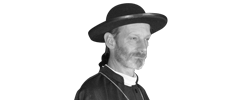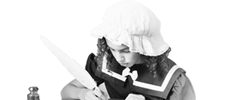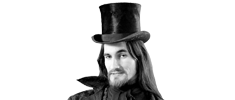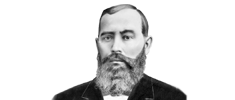The Duchy of Lancaster is an ancient inheritance that began 750 years ago in 1265, when Henry III gifted to his son Edmund Crouchbank lands which had been forfeited by the Earl of Leicester, Simon de Montfort.
Later that same year, lands taken from Robert Ferrers, Earl of Derby were added to this holding. However, it was not until Edmund was given the ‘county, honor and castle of Lancaster’ in 1267 that it became known as the ‘Lancaster inheritance’.
The title ‘Duke of Lancaster’ did not come into existence until it was conferred on Edmund’s grandson Henry Grosmont in 1351. At the same time, Lancaster was made a County Palatine for Henry’s lifetime. This meant that the Duke had Royal powers within the county and could do practically everything that would otherwise be the King’s privilege. The law courts were in the Duke’s hands and he appointed the Sheriff, the Judges, and the Justices of the Peace, as well as all other senior officials.
Henry died without leaving a male heir in in 1362, so the title and inheritance became part of his daughter Blanche’s dowry. Through her marriage, Blanche passed on both to perhaps the best-known Duke of Lancaster, her new husband, John O’Gaunt. The third son of King Edward III and the younger brother of the Black Prince, this was the ‘time-honoured Lancaster’ referred to by Shakespeare.
Over the next several years, John O’Gaunt added significantly to his wealth and possessions. On 28 February 1377, Edward III recreated the Palatinate for John’s lifetime. In 1390, this grant was extended to include John’s heirs. The Duke of Lancaster had now become one of the most important figures in the country.
When John died in 1399, the young King Richard II was fearful of the power that the Lancaster inheritance gave to his heir, Henry Bolingbroke. The previous year, Henry had been banished from the kingdom for 10 years on a trumped-up treason charge. Richard therefore altered Henry’s banishment to life upon John’s death, and took the Duchy of Lancaster title, lands and properties for himself. Later that same year, Bolingbroke returned to England at the head of an army and overthrew the King, reclaiming his historic Lancaster inheritance.
On his accession to the throne as Henry IV, Bolingbroke passed a Royal Charter which decreed that the Duchy should be a distinct entity held separately from all other Crown possessions and handed down through the Monarchy.
So it remains to this day. The Monarch is always the Duke of Lancaster – hence the historic Lancastrian toast ‘The King, Duke of Lancaster!’. The title is always that of ‘Duke’ for both Kings and Queens. Today, His Majesty King Charles III is our Duke and, as such, is actively engaged and regularly updated on activities across His Duchy estates.








